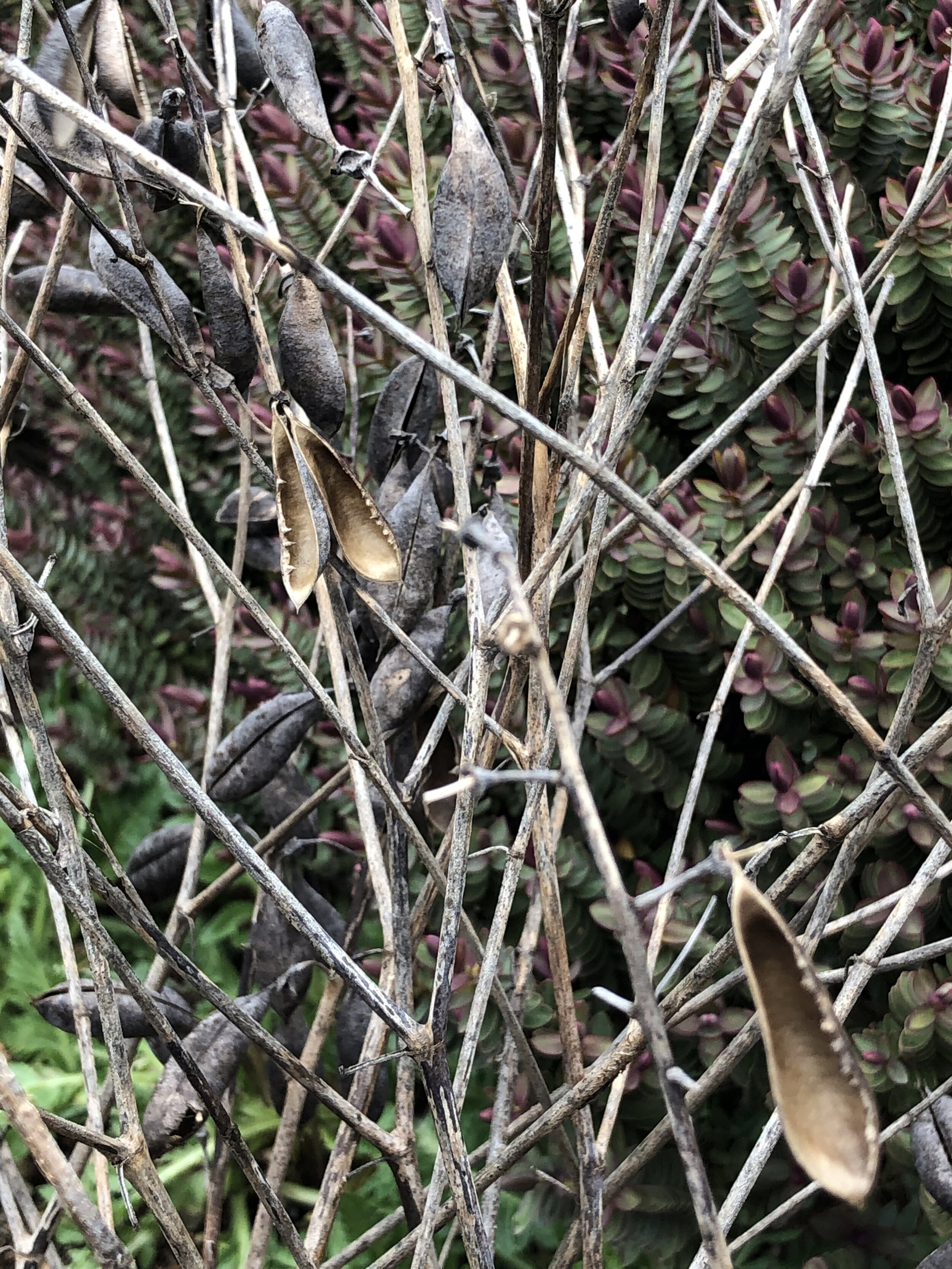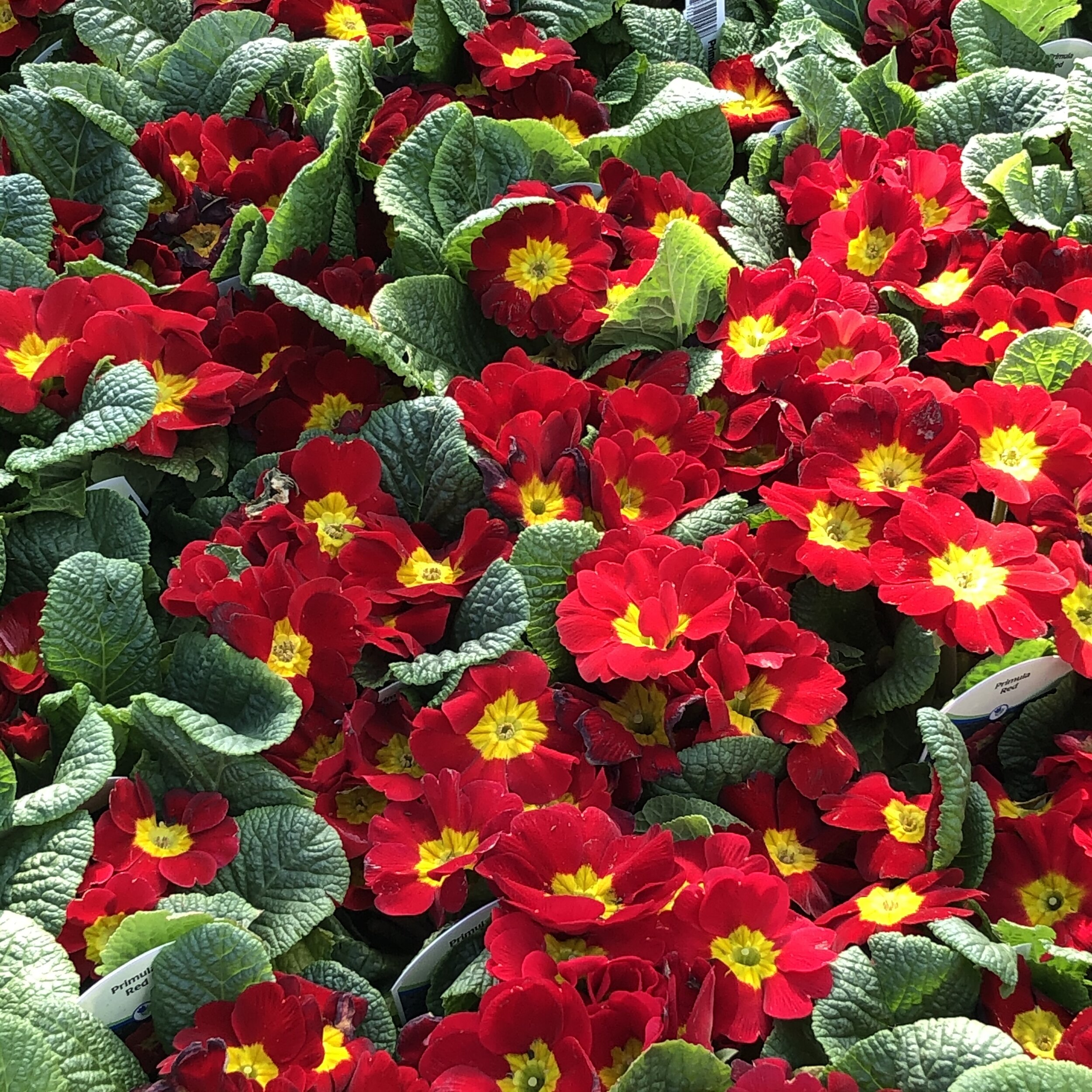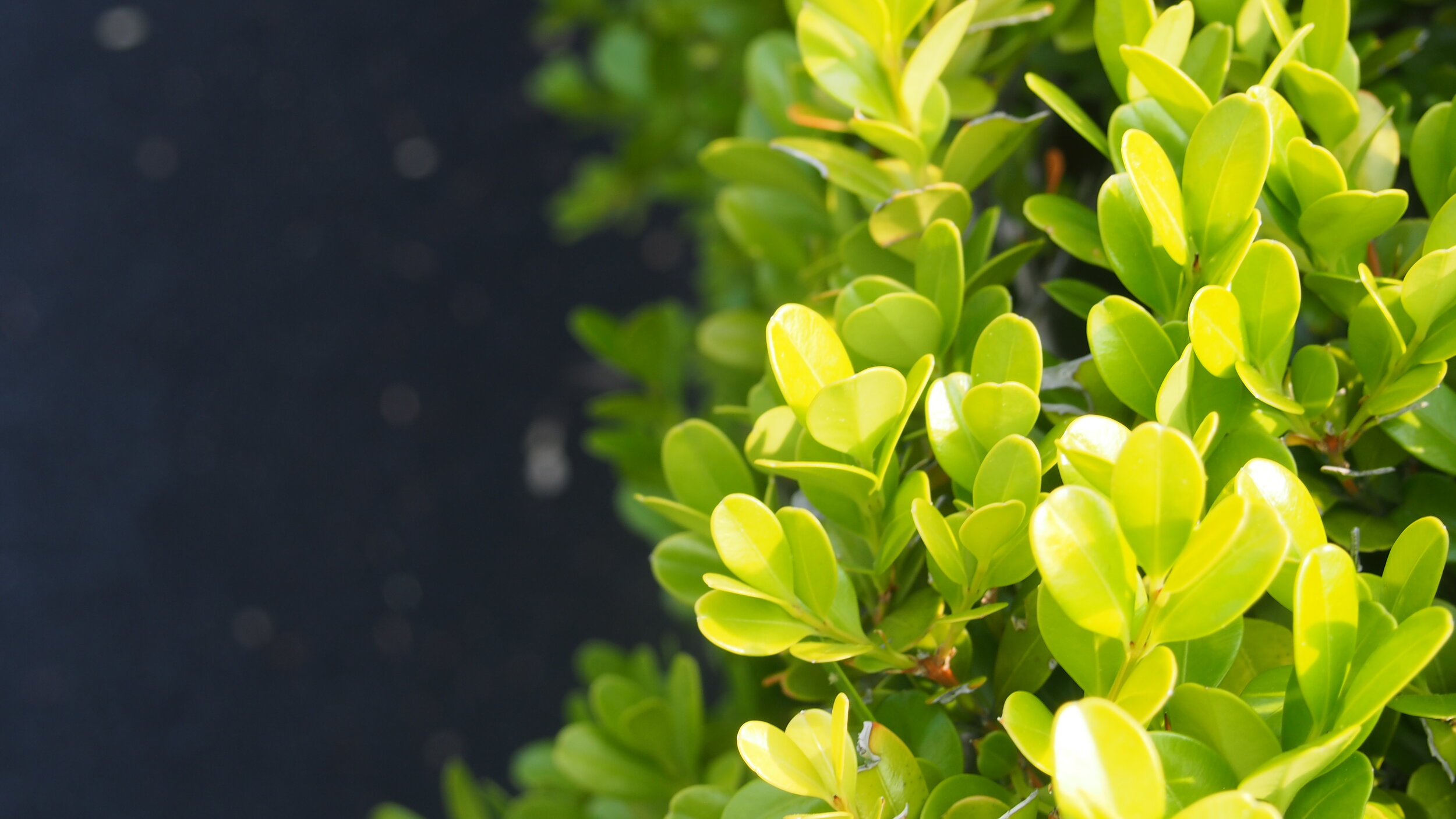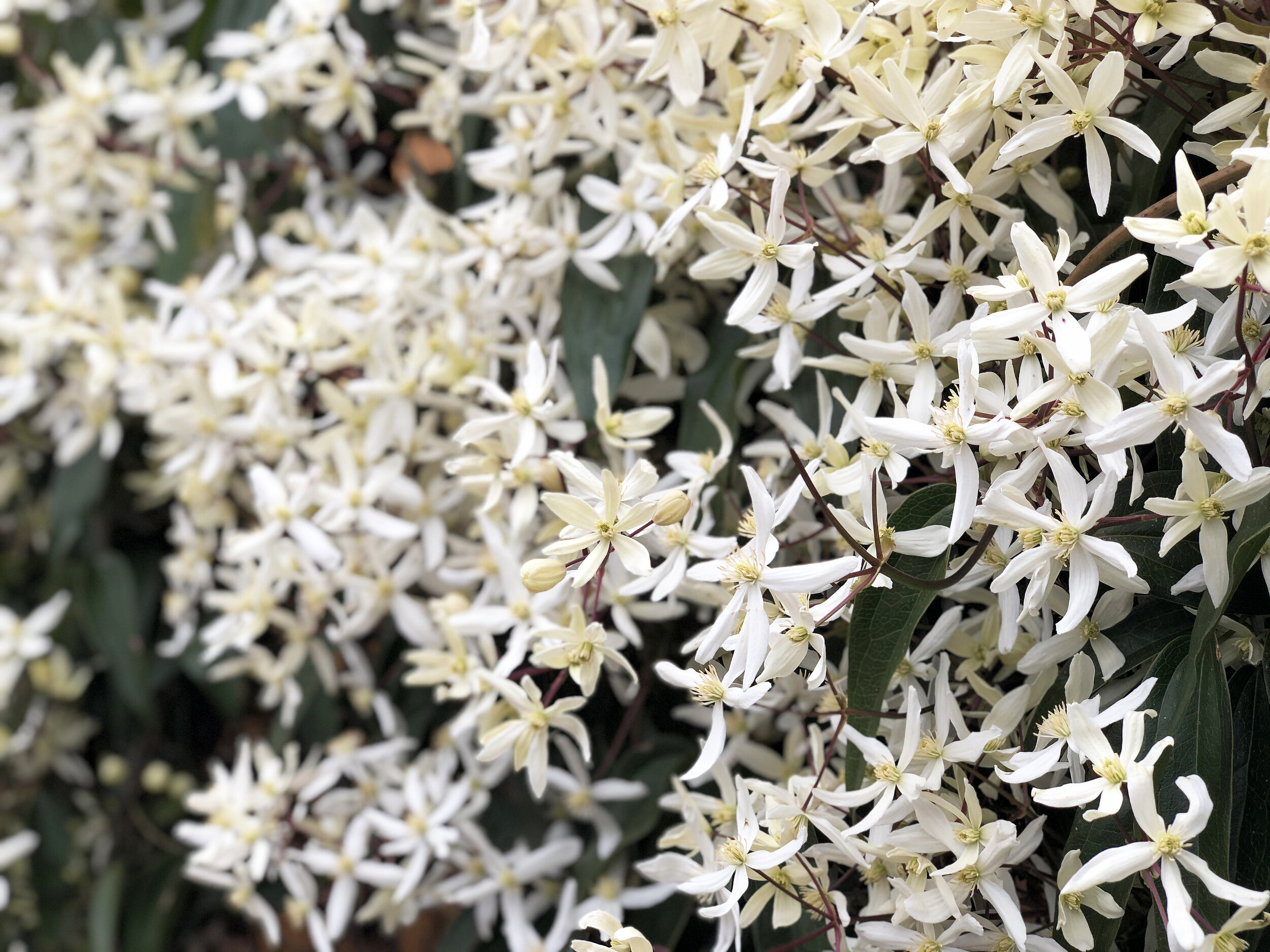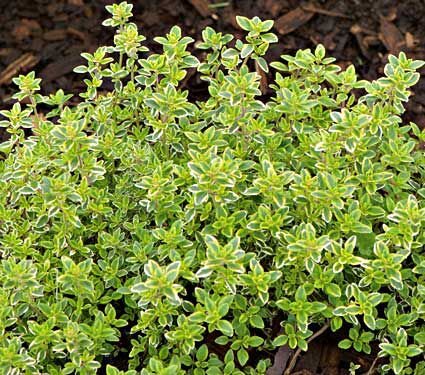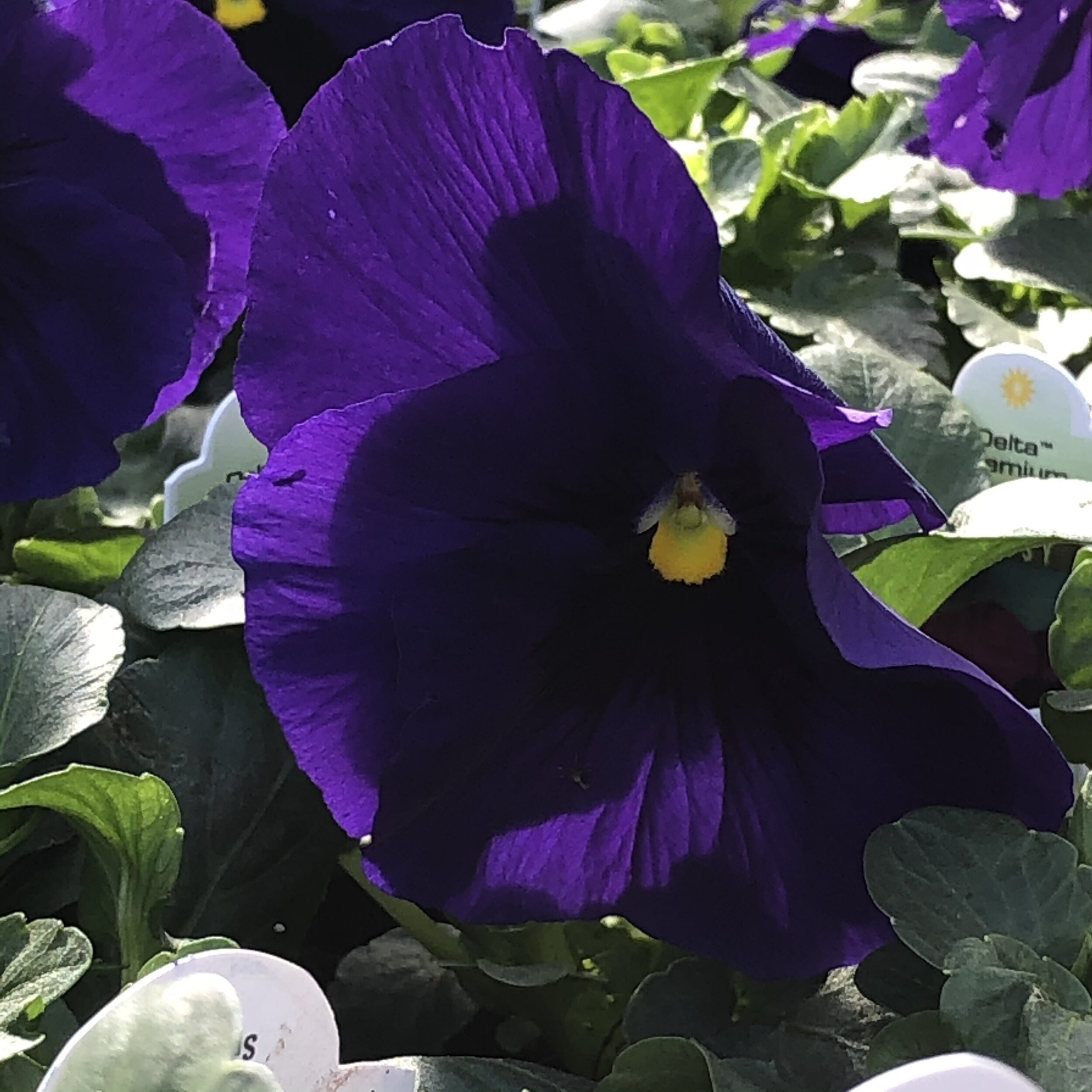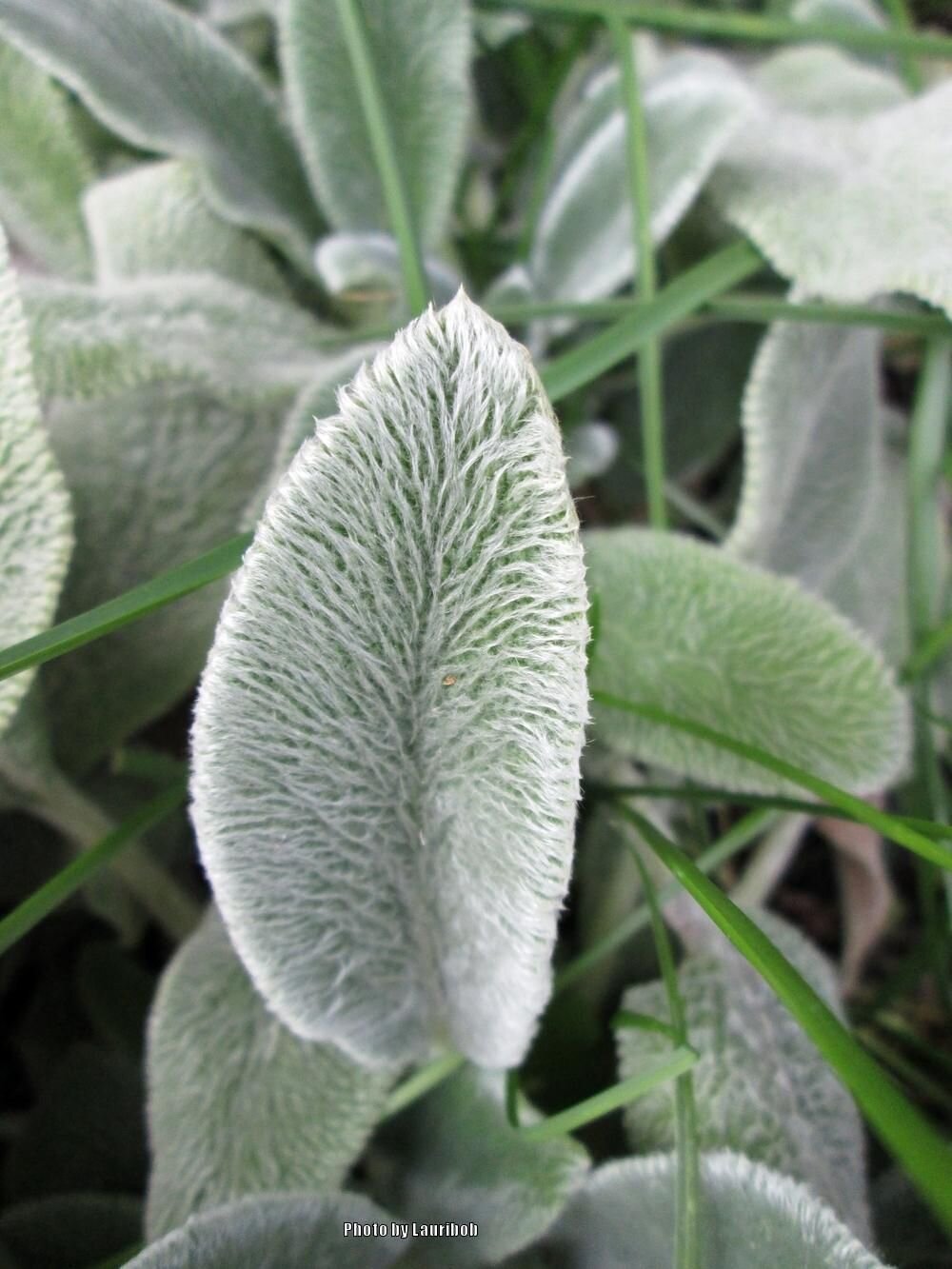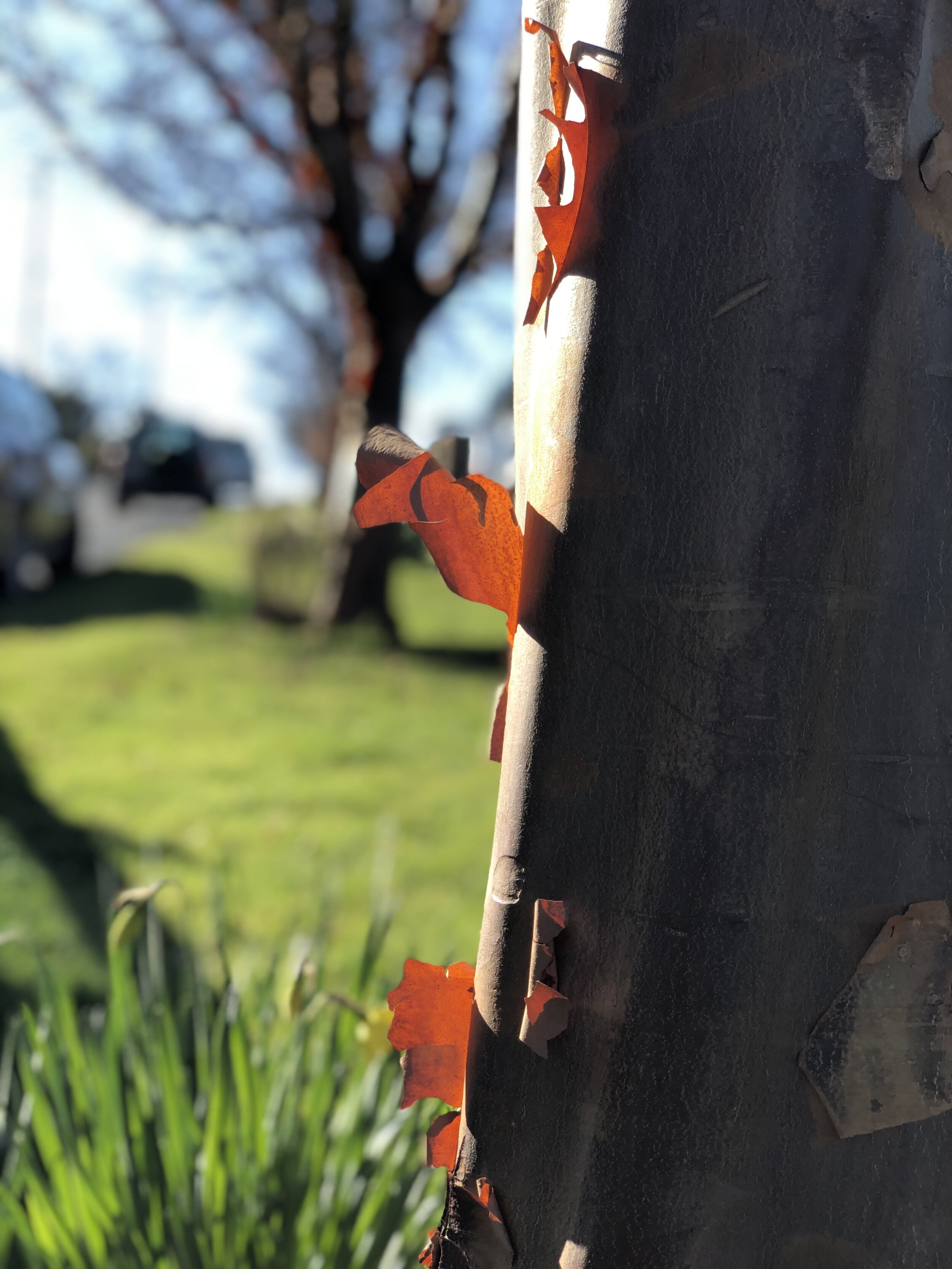For families with kids, going outside for fresh air and exercise is vital to both the kids and their parents. It’s a healthy break from online learning and working from home. Walking is a great way to reduce anxiety and stay fit. A walk can also be an opportunity for learning and practicing mindfulness with your kids, increasing your walk’s benefits.
Mindfulness is the practice of paying attention to the moment you are in and noticing what is around you. One great way to practice mindfulness with kids is to use all of your senses during your nature walk. The double benefit of mindfulness and contact with nature can do wonders for your stress levels and happiness.
Here is a sensory nature walk we developed specifically for families. We hope it is fun and helpful! To read more about mindfulness and mindful walks, read our post Take a Mindful Walk Today.
Start with Your Ears
Most of us would say that our sense of sight is the sense we use most often when out walking. In order to mix it up a little, let’s start with a different sense: HEARING. If we take the time to really listen to our surroundings, we can hear things we might normally miss.
Here are a few things to listen for:
How the wind makes sounds in plants.
Can you hear the RATTLE of dried leaves or seed pods?
Can you hear the sound of leaves or branches moving in the wind?
Can you hear the SWOOSH of tall grasses in the wind?
The sounds of animals and birds.
Can you hear any dogs BARKING?
Can you hear any birds CHIRPING?
What about birds SQUAWKING?
What other animal sounds do you hear?
The sounds of humans and cars.
Do you hear any cars going by? Are they close or far away?
Can you hear people TALKING or LAUGHING?
DO you hear any doors SLAMMING?
What about FOOTSTEPS or balls BOUNCING?
Now Move on to Your Eyes
Time to use your sense of SIGHT. As you walk, look around you and see what you notice. See what catches your attention. Are you drawn to colors? Shapes? Movement?
Here are a few things to look for:
Colors
Count how many RED things you see. What are they?
Count how many PINK things you see. What are they?
Count how many YELLOW things you see. What are they?
Examples might be flowers, houses, cars, and leaves.
Shapes
Take a look at any leaves around you. How many shapes can you find?
How many leaves are OVALS?
How many leaves are CIRCLES?
How many leaves have a different shape? Can you describe their shapes?
Movement
Look up into the sky. Are there clouds? How FAST or SLOW are they moving?
Can you see any birds FLYING?
What about birds HOPPING on the ground or on branches?
Do you see any squirrels RUNNING?
What about leaves SWAYING in the breeze?
Use Your Nose
On a walk, we don’t always think about what we SMELL - unless it is a very strong aroma. Take a minute as you walk to notice the scents around you. This could also mean stopping to smell any flowers or herbs you pass by. Before you start, think of as many words that mean smell as you can. How many did you think of?
Want a hint? Here are some words we found: aroma, scent, odor, fragrance, perfume.
Photo: Dick van Dujin; Colossal
Here are some things you might be able to smell:
Flowers
Each season brings different flowers in bloom. Some flowers have strong fragrances and others almost no fragrance at all. Can you find THREE flowers to smell?
Now that you’ve smelled three flowers, which smells the STRONGEST?
Do any of the flowers have NO SCENT at all?
Can you find a flower that has a scent you LIKE?
Did you smell any flowers with scents that were NOT YOUR FAVORITE?
Herbs
Herbs are plants that often have strong aromas and can be used to add flavor to your meals. Can you name TWO herbs?
Do you see any herbs around you? If so, rub their leaves gently with your fingers. What do you SMELL?
Do any of the herbs you see have flowers? If so, what COLORS are they?
Other Scents
Do you smell anything in the air as you walk?
Examples might be the aroma of something someone is COOKING or the odor of SMOKE from someone’s chimney.
Finally, Use Your Sense of Touch
When we talk about our sense of TOUCH, we often immediately think of our hands and what they can touch. But let’s think about what we can feel on our skin as well. Before you touch anything, stand still for a minute and see what you feel on your skin.
Here are some things we can feel:
The warmth of the SUN on our faces.
The coolness of the BREEZE in our hair.
Are your fingers COLD or WARM? Press the fingers of your left hand to the inside of your wrist. How do they feel?
Here are some things we can touch:
A LEAF on a tree. How does it feel?
SMOOTH?
BUMPY?
SOFT or FUZZY?
The BARK of a tree. How does it feel?
ROUGH?
COLD?
WARM?
The PETALS of a flower. How does it feel?
VELVETY?
SMOOTH?
SLIPPERY?
Now you’ve finished your sensory nature walk! Take a moment to remember the walk you’ve just taken.
How was it different from the walks you normally take?
Did you HEAR, SEE, SMELL or FEEL anything new?
What was your FAVORITE PART of the walk?
But wait! We didn’t explore the sense of TASTE! That’s because you should never taste any plants in nature without being very sure about what they are. Maybe save an exploration of your sense of taste for dinner tonight.
Some fun things to do after your walk are to make a list of all the things you experienced. You could also draw some of your favorite parts of your walk. I hope this sensory nature walk was fun and you discovered something new!





